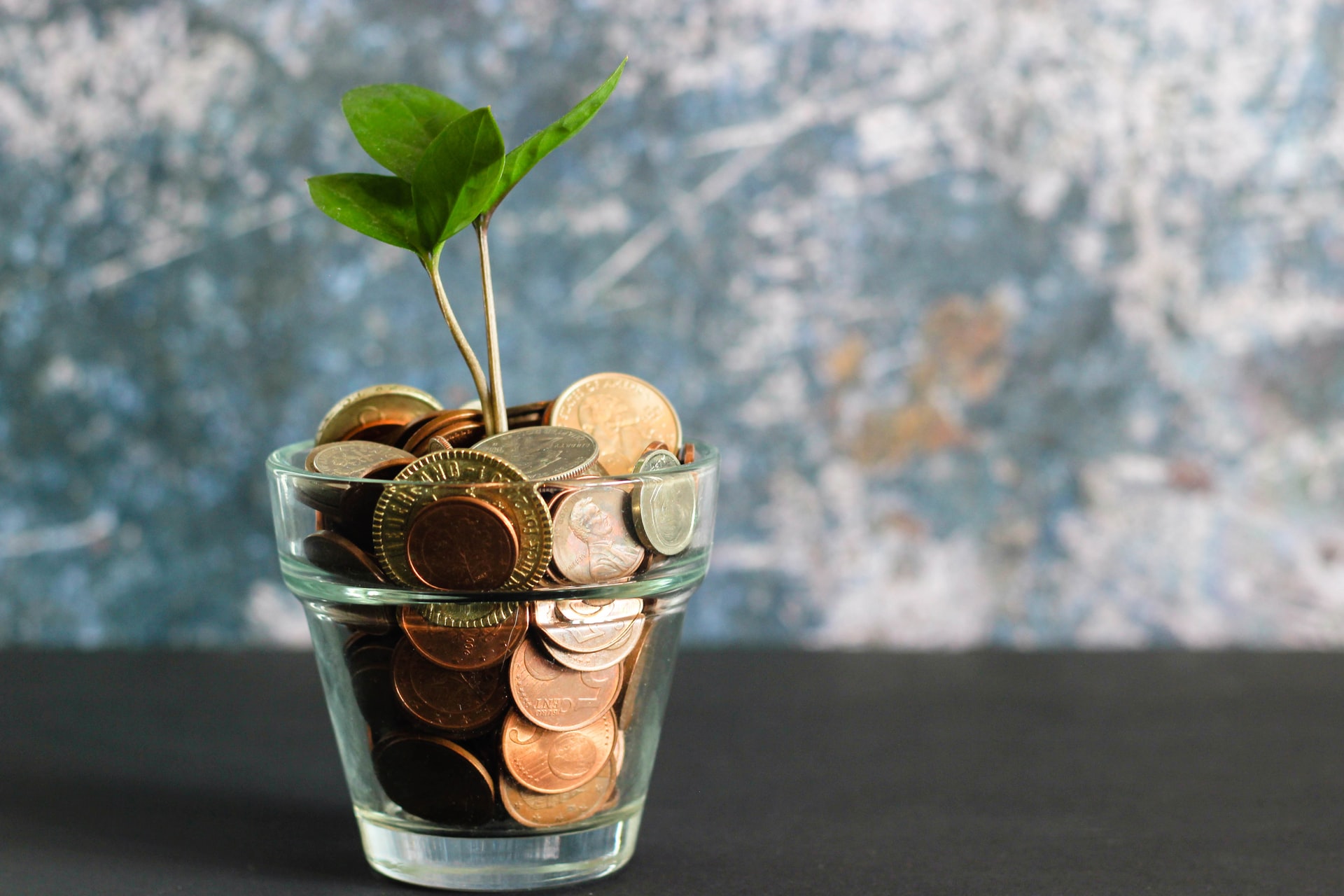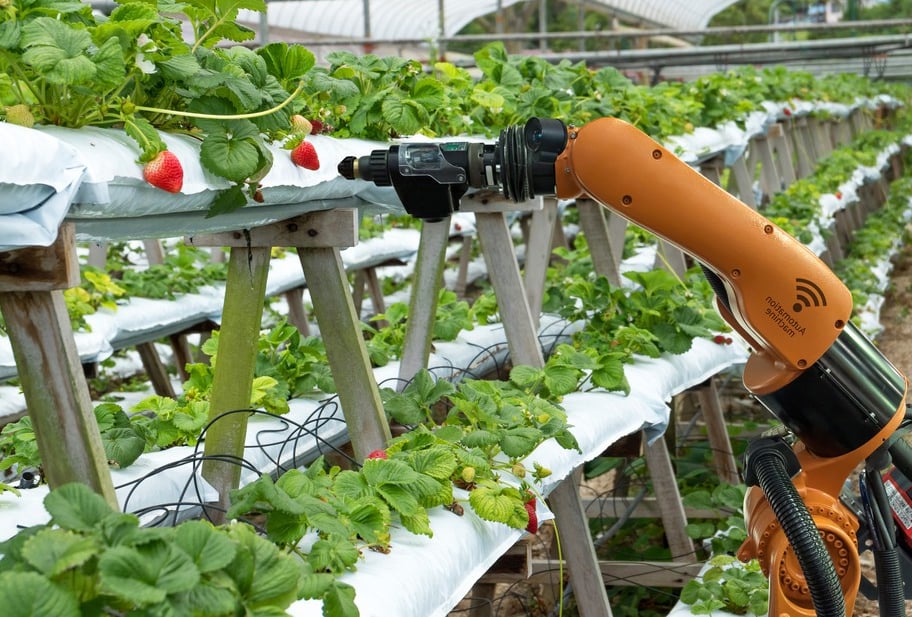4 Ways Artificial Intelligence is Revolutionizing Education
 Photo by Possessed Photography on Unsplash
Photo by Possessed Photography on Unsplash
Educators are using AI tools to assess students' skills and weaknesses, and students are benefiting from peer-to-peer learning and customized study guides. Here's a closer look at how some companies are developing artificial intelligence programs to improve education.
- 0 Comments
- Jul 29, 2021 10:00:00 AM
- Posted by Natalia Galvis
- Topics: EdTech, STEM, Grants, Curriculum, Problem Based Learning (PBL), teachers, students, Edchat, Digital Technology, teaching, online, funding, funds
How the 4 Cs prepare students for the real world
 Photo by Sandy Millar on Unsplash
Photo by Sandy Millar on Unsplash
The 4 Cs are more than skills taught in school--they'll stick with students throughout their academic, professional, and personal growth.
- 0 Comments
- Jul 28, 2021 10:00:00 AM
- Posted by Natalia Galvis
- Topics: EdTech, STEM, Grants, Curriculum, Problem Based Learning (PBL), teachers, students, Edchat, Digital Technology, teaching, online, funding, funds
How is technology impacting literacy?
By Content Provided by Stride, Inc.
 Photo by August de Richelieu from Pexels
Photo by August de Richelieu from Pexels
Literacy education is evolving to meet the needs of modern society--but the basics of picking up a physical book remain important
- 0 Comments
- Jul 22, 2021 10:00:00 AM
- Posted by Natalia Galvis
- Topics: EdTech, STEM, Grants, Curriculum, Problem Based Learning (PBL), teachers, students, Edchat, Digital Technology, teaching, online, funding, funds
Teachers, bring to life storytelling in your classroom with Pepper and NAO robots!
When we couple the storytelling concept along with their innate nature, it is clear to understand how utilizing both Pepper and NAO as a storyteller is an essential role for these social robots.

- 1 Comments
- Jul 20, 2021 11:54:31 AM
- Posted by Natalia Galvis
- Topics: EdTech, STEM, Grants, Curriculum, Problem Based Learning (PBL), teachers, students, Edchat, Digital Technology, teaching, online, funding, funds
6 Major Companies Supporting STEM Learning Programs
By Devin Partida
 Photo by Visual Stories || Micheile on Unsplash
Photo by Visual Stories || Micheile on Unsplash
A growing digital economy is bolstering demand for occupations in science, technology, engineering, and math. This growth will add more than half a million new computer jobs over the next eight years. However, a shortage of STEM professionals means many of these positions may remain empty.
That’s why education has quickly become a front-and-center issue for talent-hungry corporations. To encourage more interest in STEM fields, major companies are supporting learning programs by offering grants, resources, and new opportunities to the next generation of innovators.
- 0 Comments
- Jul 19, 2021 10:00:00 AM
- Posted by Natalia Galvis
- Topics: EdTech, STEM, Grants, Curriculum, Problem Based Learning (PBL), teachers, students, Edchat, Digital Technology, teaching, online, funding, funds
The 5 Best STEM Careers in Renewable Energy
By Devin Partida

The world may move to only using renewable energy in the coming years. To make this transition, we must have a generation of problem solvers to help us reach a greener future.
Science, technology, engineering, and mathematics (STEM) education has been growing in popularity in recent years. Some see this as a trending academic discipline that may pass, while others emphasize the role it will play in renewable energy. Educators and teachers can encourage students to pursue degrees in STEM and enter the renewables market.
In the first five months of 2020, over 25% of electricity in the country was powered by renewable sources. Students will significantly benefit from an early introduction to STEM, and the hope is that they will be able to land a job in their respective fields.
One common goal between many countries is to reach net-zero emissions before the next decade. Replacing traditional energy sources with new technologies will aid in achieving that goal as well as create well-paying jobs for individuals. We need individuals with a STEM background to help us reach this critical goal.
Let’s explore some possible careers that students with STEM backgrounds could potentially enter.
- 0 Comments
- Jun 16, 2021 10:00:00 AM
- Posted by Natalia Galvis
- Topics: EdTech, STEM, Grants, Curriculum, Problem Based Learning (PBL), teachers, students, Edchat, Digital Technology, teaching, online, funding, funds
Unlocking the Code for Robotics in the Classroom
Teaching robotics to elementary students can enhance sensory learning, improve socialization, provide opportunities for hands-on innovation, and raise the level of rigor.
- 0 Comments
- Jun 14, 2021 11:00:00 AM
- Posted by Natalia Galvis
- Topics: EdTech, STEM, Grants, Curriculum, Problem Based Learning (PBL), teachers, students, Edchat, Digital Technology, teaching, online, funding, funds
5 ways to boost student engagement with STEM learning strategies
These student engagement strategies can help educators create authentic learning experiences for all students using digital tools.
- 0 Comments
- Jun 10, 2021 10:00:00 AM
- Posted by Natalia Galvis
- Topics: EdTech, STEM, Grants, Curriculum, Problem Based Learning (PBL), teachers, students, Edchat, Digital Technology, teaching, online, funding, funds
Yes, Please! Getting Your Principal to Approve Your Proposal

Teachers are always searching for new products and programs to help their students achieve more. However, new materials come with a cost and teachers need approval from their principals in order to move forward. Here are simple tips for getting your principal to say yes.
- 0 Comments
- Jun 9, 2021 10:00:00 AM
- Posted by Natalia Galvis
- Topics: Math, EdTech, STEM, Grants, Curriculum, Problem Based Learning (PBL), teachers, students, Edchat, Digital Technology, teaching, online, funding, funds
10 Resources for EdTech Grants
Regardless of your specific position in education, you may find it necessary at one point in your career to pursue funding for educational technology. While education technology is primarily funded at the state and federal level, there are multitudes of local grants you can apply for as well. You should carefully consider all possible funding sources when searching for money to pay for your newest classroom innovation.

- 0 Comments
- Nov 12, 2019 12:46:33 PM
Relevant Posts
Popular Posts
Subscribe to Email Updates
-
I Want To Learn MoreADDITIONAL INFORMATION


